Glaucoma Testing & Treatment with Eye Specialists in Katy, TX
Glaucoma can cause permanent vision loss if untreated, but with early detection and expert care from an experienced eye doctor in Katy, you can protect your sight. At Vision Gallery, our glaucoma specialists in Katy, TX, provide comprehensive testing and customized treatment plans designed to preserve your vision.
Categories
- Monday: 9:00 AM - 5:00 PM
- Tuesday: 10:00 AM - 6:00 PM
- Wednesday: 9:00 AM - 5:00 PM
- Thursday: 9:00 AM - 5:00 PM
- Friday: 9:00 AM - 5:00 PM
- Saturday: Closed
- Sunday: Closed
What Is Glaucoma?
Glaucoma is a group of eye diseases that damage the optic nerve, often linked to increased eye pressure (intraocular pressure). The damage cannot be reversed and may lead to a gradual loss of vision. Unfortunately, glaucoma often develops without noticeable symptoms until it’s advanced, which is why regular glaucoma testing is so important. Our advanced diagnostics help detect glaucoma early and connect you with the best ophthalmologist in Katy, TX, for long-term care if needed.
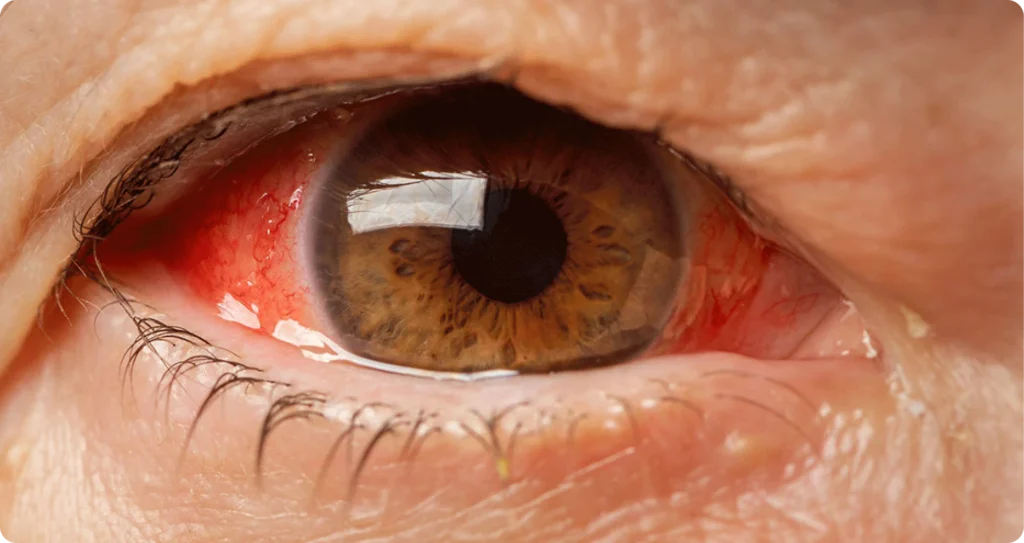
Types of Glaucoma
Glaucoma can occur in various forms, but the two most prevalent types are:
- Primary Open-Angle Glaucoma
This is the most common type, developing slowly over time without pain or early symptoms. It’s caused by fluid not draining properly from the eye, leading to gradual optic nerve damage.
- Angle-Closure Glaucoma
This type can develop suddenly and cause severe eye pain, headaches, nausea, and rapid vision loss. This condition is an eye emergency that demands prompt medical care.
We also monitor and treat other less common types, such as normal-tension glaucoma and congenital glaucoma, tailoring each glaucoma treatment plan to your specific condition.
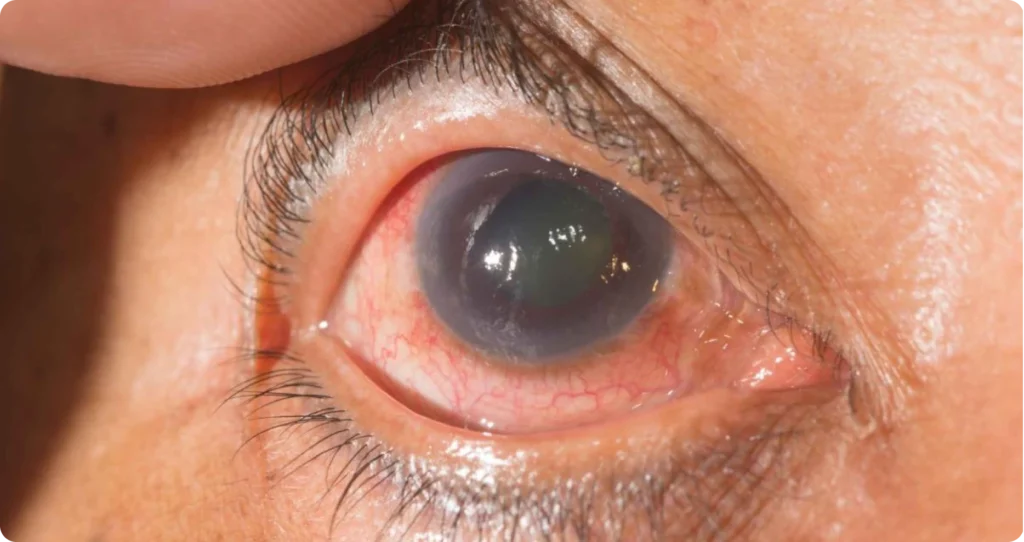
What to Expect During Glaucoma Testing
At Vision Gallery, glaucoma testing is comfortable, precise, and non-invasive. Your exam may include:
- Comprehensive Eye Health Review
Discussion of your medical and family history to assess glaucoma risk factors.
- Intraocular Pressure Measurement (Tonometry)
A quick, painless test to check the pressure inside your eyes.
- Visual Field Test
Measures your peripheral vision to detect early vision changes caused by glaucoma.
- Optic Nerve Imaging (OCT)
High-resolution scans to examine the optic nerve for any signs of damage.
- Gonioscopy
Evaluates the drainage angle inside your eye to determine the type of glaucoma.
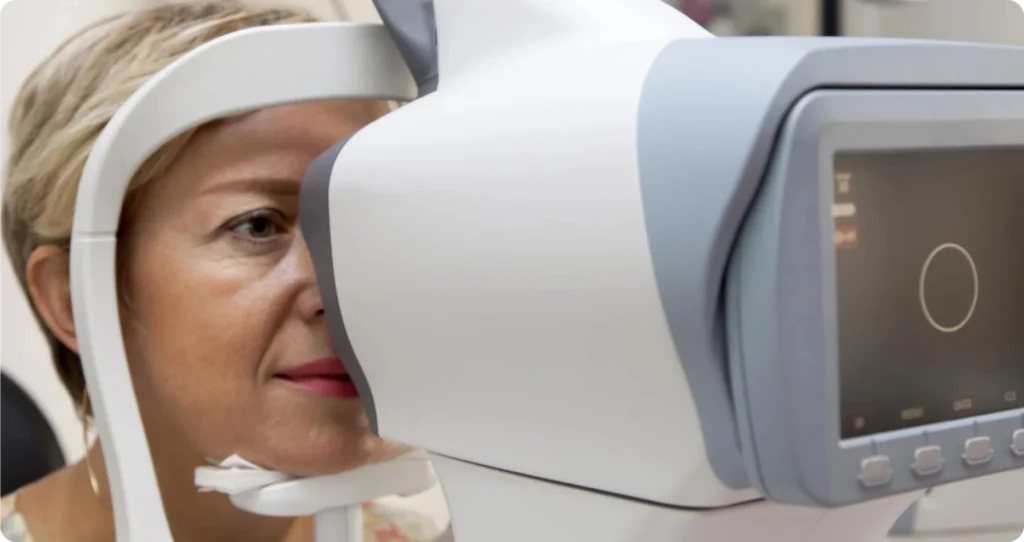
Glaucoma Treatment Options
At Vision Gallery, your glaucoma treatment in Katy may include prescription eye drops, oral medications, laser therapy, or surgical options—guided by an experienced eye doctor in Katy who prioritizes your vision health.
- Prescription Eye Drops
Medications that lower intraocular pressure by reducing fluid production or improving drainage.
- Oral Medications
Used in certain cases to further reduce eye pressure.
- Laser Therapy
Low-risk procedures designed to improve the eye’s fluid drainage.
- Surgical Options
For advanced cases, surgery may be recommended to create new drainage pathways.
We customize each glaucoma treatment plan to your needs, considering your health, lifestyle, and the stage of your condition.
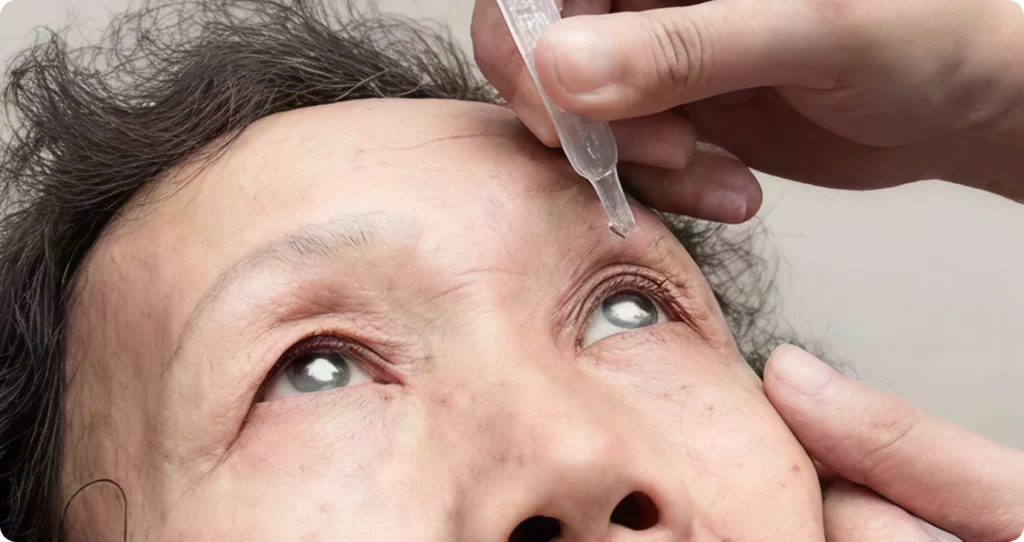
Why Early Detection Matters
Glaucoma-related vision loss is irreversible, but early detection through regular glaucoma testing can help preserve your sight. Even if your vision feels fine, damage may be occurring silently. That’s why we recommend annual comprehensive eye exams for adults over 40 and more frequent testing if you have risk factors such as:
- Family history of glaucoma
- High eye pressure
- Diabetes or high blood pressure
- African, Hispanic, or Asian ancestry
- History of eye injury
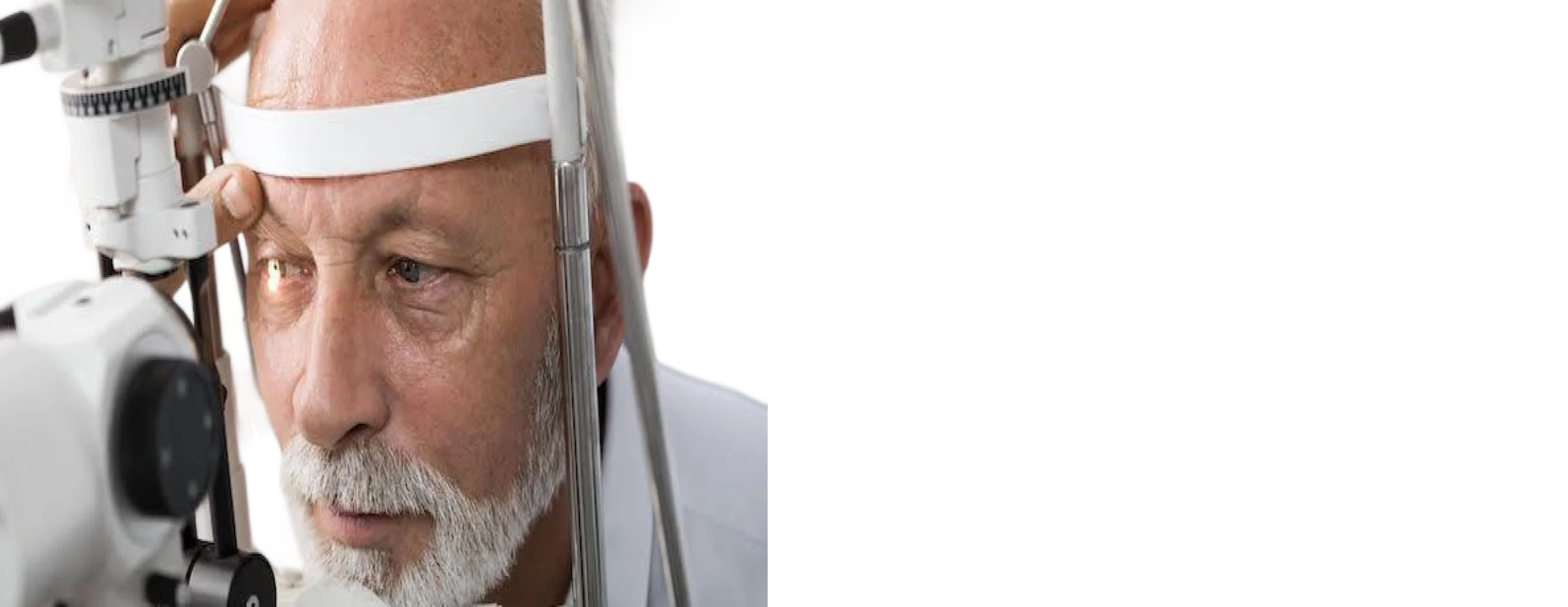
Why Choose Vision Gallery for Glaucoma Care?
When you choose Vision Gallery, you’re choosing an eye specialist in Katy, TX, with advanced technology, personalized treatment plans, and direct access to a glaucoma specialist in Katy, TX for complex cases. Many patients consider our team among the best ophthalmologists in Katy, TX, for long-term eye care:
Specialized Glaucoma Care
Our team remains current with the newest diagnostic tools and treatment techniques.
Advanced Diagnostic Tools
State-of-the-art technology for accurate glaucoma testing and monitoring.
Tailored Treatment Plans
Customized glaucoma treatments to match your unique needs.
Patient-Centered Approach
We take time to explain your condition and answer your questions.
Convenient, Insurance-Friendly Care
We accept many insurance plans to make managing glaucoma easier.
Protect your sight with trusted glaucoma testing in Katy. Call Vision Gallery today or schedule online to see an experienced eye doctor in Katy.
Why Choose Us
Contact Us
Schedule Your Glaucoma Exam in Katy, TX
Don’t wait for symptoms to appear—protect your vision today. At Vision Gallery, our glaucoma specialists in Katy use advanced diagnostic tools and proven treatments to detect issues early and prevent long-term damage.
Call Vision Gallery or schedule your appointment online to receive expert glaucoma testing and personalized care from trusted eye doctors in Katy, TX.
Testimonials
What Our Client Say
About Vision Gallery
Trustindex verifies that the original source of the review is Google. I suffered so much from dry eye in the mornings that I felt like I woke up in the Sahara. I tried drops that would only work for a little while and was super inconvenient. Dr Ma recommended the OptiLight and OptiLift system for the problem. I have been doing these treatments for at least two months. My results have been amazing so far. My eyelids have lifted my face looks refreshed and I have very little to no symptoms of dry eye! These procedure has very few rules after and the results are life changing to me. It’s worth all the time and money.Posted onTrustindex verifies that the original source of the review is Google. Vision Gallery is fantastic! Everyone is very helpful and the dry eye treatments have been very beneficial for my dry eyes.Posted onTrustindex verifies that the original source of the review is Google. I have been a patient here for a long time. I have very severe issues with dry eye and undergone treatment. Dr. Mahmoodpour (Dr. Mah) and her team have been amazing. The office is clean, efficient, and the medical care is the best I’ve ever seen in the industry. Their small like environment, the vast majority of insurance they accept, and the attention to customer service and quality experience is wonderful. I cannot recommend them enough!Posted onTrustindex verifies that the original source of the review is Google. Dr Ma is the best optometrist that I have ever seen and I have seen many. She is compassionate and caring always thorough. She goes above and beyond and has showed our family that she is on top of anything she sees that is out of the ordinary during an exam. Her office staff is very kind and helpful as well. Don’t waste your time looking for an optometrist. Take it from me; go see Dr Ma ,she is the best!!Posted onTrustindex verifies that the original source of the review is Google. The level of care and communication is great. Went in for dry eyes and pain and the doctor took every step to determine the problem.Posted onTrustindex verifies that the original source of the review is Google. Christine is wonderful!! Business as a whole very professional and you can tell they value your time.Posted onTrustindex verifies that the original source of the review is Google. Christine was so helpful customer service was 10 out of 10!Posted onTrustindex verifies that the original source of the review is Google. I’ve been coming to Dr Ma about 2 years now. She is the sweetest, most thorough eye dr I have ever been to. She takes the time needed to explain and make sure I understand everything pertaining to my plan of treatment. All of the other eye doctors I had been to gave me the test, gave me my prescription, sold me the glasses and I was out the door. After coming to Dr. Ma. I realized I had never actually had a proper eye exam. My eyes were feeling tired and strained. She did my exam and I indeed needed a new script. I was also tested for dry eye which she showed me on the screen and explained in great detail what was going on with my eyes and what the plan of treatment was going to be. After being treated for dry eye ( no, it’s not just feeling like you eyes need drops). There is a treatment therapy for this. I literally felt like I had a new pair of eyes. I can’t believe I had never been tested for that. I’ve been wearing glasses over 10 years. The staff is Exceptional. They are patient, kind, always accommodating and knowledgeable. I’m so happy I have found Dr. Ma and her staff. I will never go to another eye doctor! I walked out of there, feeling so confident that all my issues had been addressed. My eyes felt better. I love the glasses that I got and they were very patient in helping me make sure I had the right fit and everything was as it should be. If there’s anything I need or I have a question they are always available, ready to answer and assist. They definitely care about their patients and always go above and beyond to help anyway they can. I am definitely impressed and will not go anywhere else!Verified by TrustindexTrustindex verified badge is the Universal Symbol of Trust. Only the greatest companies can get the verified badge who has a review score above 4.5, based on customer reviews over the past 12 months. Read more